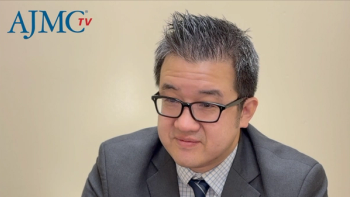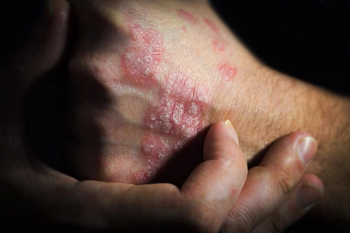
Different Communication of HIV Risk Affects PrEP Interest
Key Takeaways
- Absolute risk communication increased PrEP interest more than relative risk communication among MSM, though not significantly.
- Many participants underestimated their HIV risk, with a majority believing they had low risk despite clinical indications for PrEP.
Individuals told their absolute risk of HIV had higher interest in pre-exposure prophylaxis (PrEP) compared with those told relative risk.
Encouraging the use of pre-exposure prophylaxis (PrEP) depends on the way that
HIV affects MSM at a higher rate than other subgroups, with
The second community survey from the PrEP Implementation Project was used for the data in this study. The survey was conducted in Toronto, Ottawa, Hamilton, Vancouver, and Victoria, all in Canada. MSM were recruited through social media platforms, sexual health clinics, and data apps between July and December of 2022. Those who believed themselves to be HIV-negative, were aged 19 years or older, were able to communicate in English, and had recent sexual activity with another man were eligible for the study.
All participants were asked what their risk of HIV was (low, high, not sure, or prefer not to answer) and why they chose their answer. HIV risk was assessed using the HIRI-MSM tool, which estimates the risk of HIV based on the number of male sexual partners, the number of male sexual partners living with HIV, the frequency of condomless anal sex, recent use of methamphetamines or amyl nitrates, and age. Higher scores equaled a greater risk of HIV. Participants were randomized to receive either absolute terms of their HIV risk, where the risk was presented as a percentage, or relative terms, where their risk was compared with other individuals.
There were 461 individuals who responded to the survey and were not currently using PrEP; they were included in the study. The median (IQR) age of the cohort was 33.0 (27.0-41.0) years, and 46.9% were White. Most of the participants identified as gay (71.1%), and 59.2% of the cohort had an HIRI-MSM score of 10 or higher.
A total of 64.2% of the participants believed that they had a low risk of HIV, compared with 10.8% who believed it was high, and 20.0% who were unsure. Of those who rated their risk as low or were unsure, 51.0% and 68.5% had a clinical indication of PrEP, respectively.
The absolute terms group had a numerically higher proportion of participants who expressed increased interest in PrEP compared with the relative group (56.9% vs 43.1%). Although not significant, participants in the absolute group were more likely to express interest in PrEP (OR, 1.42; 95% CI, 0.97-2.09). Adjusting for having clinical indications or having prior PrEP use produced higher effect sizes, but the association did not reach significance.
All but 1 of the 119 participants who had previously used PrEP expressed that they would be open to receiving PrEP again. The intention to use PrEP in the future was found in 28.1% of the 330 participants who had never used PrEP. An extra 53% were in the precontemplation or contemplation stage, and the remaining 19% reported that they didn’t know if they would use PrEP. Participants had increased interest in PrEP after risk communication (adjusted OR [aOR], 2.23; 95% CI, 1.20-4.26) and if they had a high self-rated risk of HIV (aOR, 2.43; 95% CI, 1.04-5.74). Participants who lived in British Columbia also had a higher interest in taking PrEP (aOR, 2.12; 95% CI, 1.20-3.79).
There were some limitations to this study. Baseline interest levels were not measured in favor of relative increases in interest after risk communication. PrEP decision-making could not be fully assessed due to the self-reporting nature of interest in PrEP. The researchers did not measure the intention to take up PrEP before and after the risk communication. Understanding of the information was not measured. Desirability bias could have affected the self-reported data. The sample may have underrepresented more vulnerable groups. Sample size calculations were not conducted.
“Presenting HIV risk information in absolute terms was associated with numerically higher increases in PrEP interest than communicating in relative terms, and strongly predicted intention to use it,” the authors concluded. “Reframing HIV risk to focus on personal health goals while providing tailored support may serve as a powerful tool for helping individuals transition from interest through intention to action in preventing HIV effectively.”
References
1. Oo MM, Karabelas-Pittman S, Hull M, et al. Impact of “absolute” versus “relative” HIV risk communication on pre-exposure prophylaxis interest in Canada: a randomized survey. AIDS Care. Published online November 19, 2025. doi:10.1080/09540121.2025.2587911
2. Fast facts: HIV and gay and bisexual men. CDC. October 7, 2024. Accessed November 19, 2025.
Newsletter
Stay ahead of policy, cost, and value—subscribe to AJMC for expert insights at the intersection of clinical care and health economics.












































